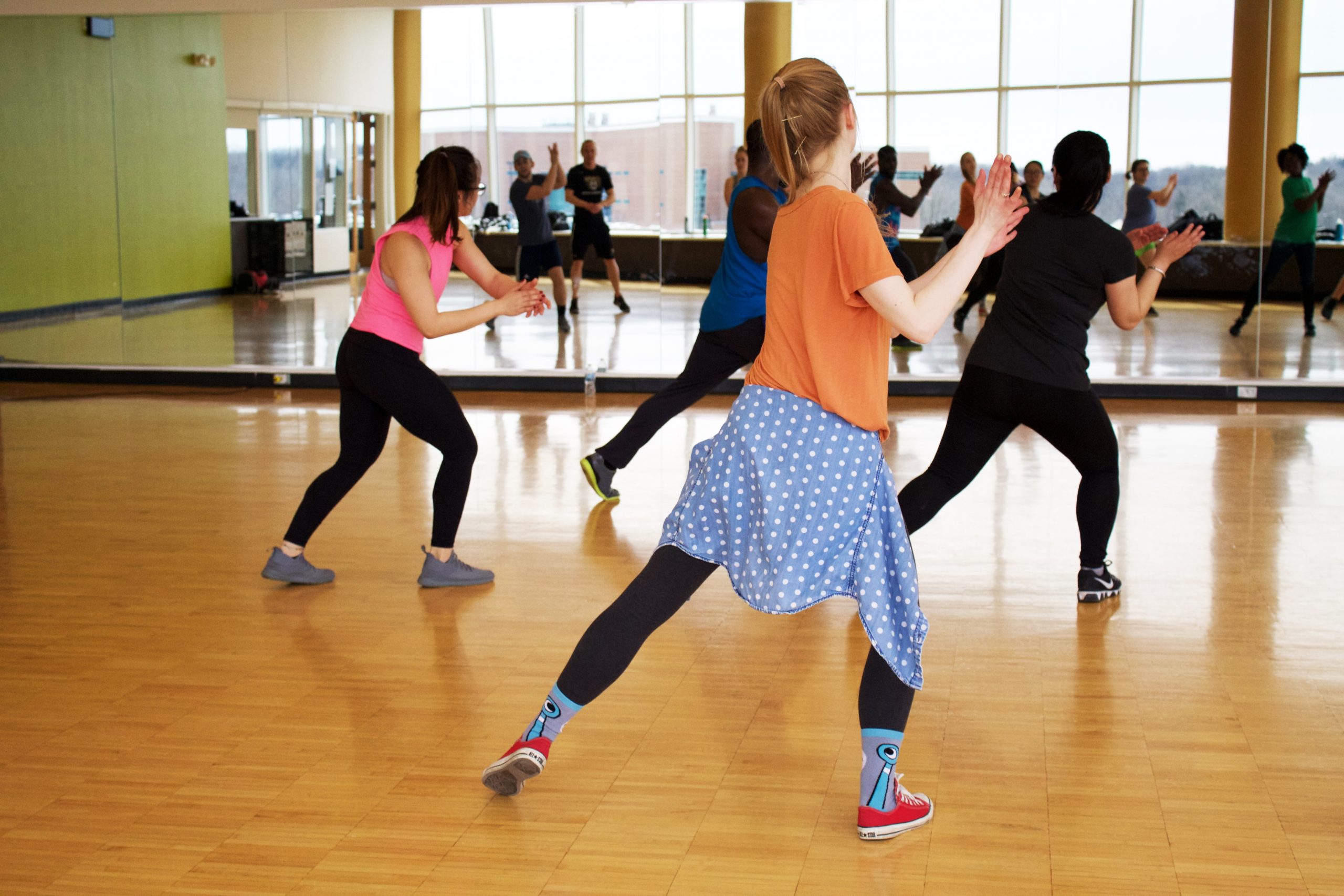Dance with Parkinson’s Program Inspires Alumni to Spearhead Classes at Louisiana Tech

In keeping with a burgeoning emphasis on exercise in Parkinson’s, Louisiana Tech University (LTU) has launched a dance program to help patients manage the disease.
Called Dance with Parkinson’s, the program begins Feb. 5 at LTU’s Lambright Sports and Wellness Center. The goal is to get patients moving at their individual level of comfort — and to have fun doing it.
“Dance encompasses many of the same physical challenges and benefits of exercise,” said Gretchen Jones who, along with business partner and fellow LTU alum Leaia Alsup, recently finished a two-day benefactor-funded training course at the Mark Morris Dance Center. The two will be program instructors.
The tailored workshop was 16 hours of hands-on teaching plus practical training to help prepare Jones and Alsup to lead classes and build a program, according to an article on LTU’s website.
“I had only a very basic knowledge of Parkinson’s before becoming involved with this program,” Jones said. “I didn’t truly realize how difficult day-to-day activities can be for patients with Parkinson’s. I understand more clearly now that having Parkinson’s alters a great many things, from physical challenges to social challenges. Dance has tremendous power to connect people and bring joy to all.”
The program was set in motion following a 2018 campus visit by another LTU graduate, Kelly Harp Haber, who is lead dance instructor for the Dance for Parkinson’s program in New Orleans. Dance for Parkinson’s offers classes for patients in more than 250 communities in 25 countries.
In town to teach at Twin City Ballet Company, Haber stopped by the university’s Rock Steady Boxing program for Parkinson’s patients and was so impressed that she wrote LTU’s president, Les Guice, about it. “The magnitude of the work that is happening in that class is remarkable,” she wrote, adding that although she taught a variety of ballet classes, the “crown jewel” of her work is her weekly Parkinson’s dance class.
Guice wrote back that he loved the idea of bringing new activities to the school’s newly founded Parkinson Resource Center, which aims to promote a healthy Parkinson’s community through programs, ideas, and resources. That correspondence, and behind-the-scenes work by faculty members Donna Hood and Tara Haskins, led to the university’s Dance with Parkinson’s program.
To emphasize the program’s benefits, Haber recently gave the university two sample classes.
What’s key to the program is that participants have an artistic and aesthetic experience that incorporates exploration, visualization, and socialization, Jones said. The LTU program will also introduce Louisiana themes in addition to the dance classics.
“After learning about the disease and learning that dance and movement can help with [patients’] everyday life, I just want to help,” Alsup said. “I just want to offer what I know and give them a place or opportunity to move in.”
Because Parkinson’s patients generally experience motor and cognitive impairment, as well as mood changes and social isolation, dance may positively affect their quality of life, according to the International Parkinson and Movement Disorder Society.






